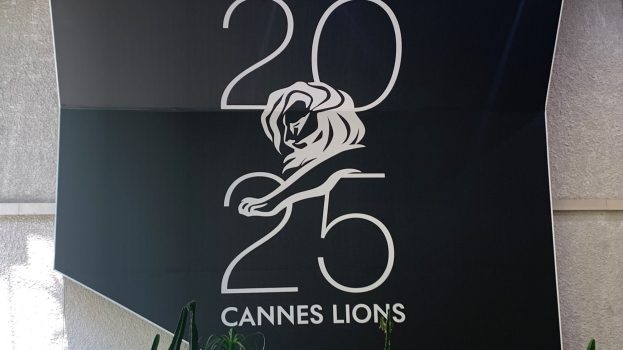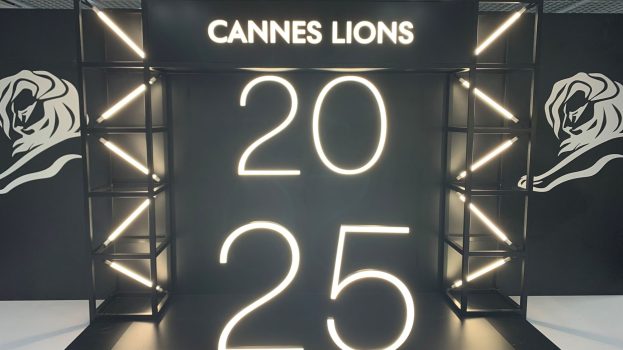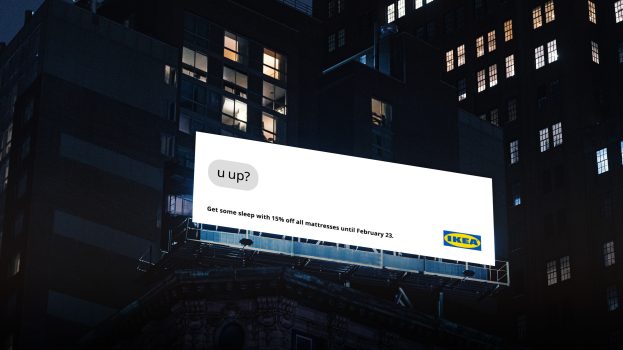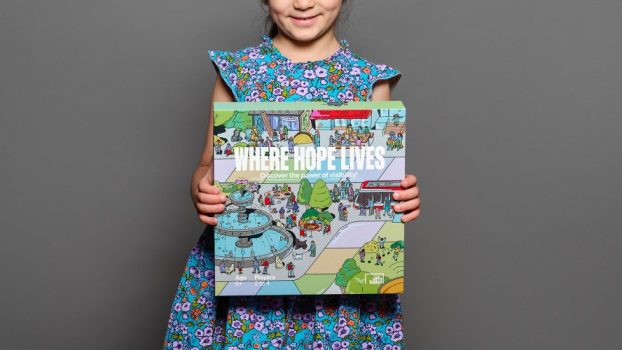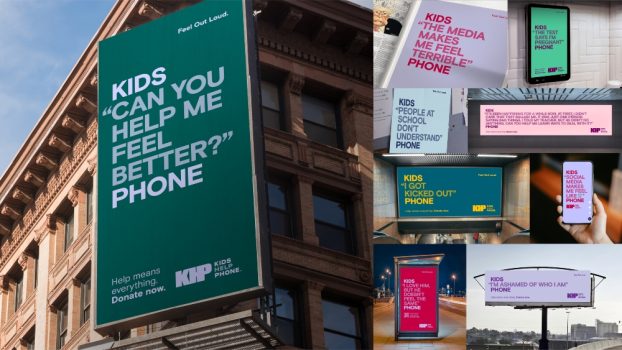Dipping into our archives, we take a look at major trends and initiatives of years gone by. What happened to them? What lessons can be learned? Do they have an impact today?
Date: January 23, 1995
Headline: Pepsi mag collects on taste test data
Then: A special report on direct response in 1995 notes the progress of two consumer magazines. Labatt and Pepsi-Cola had both hoped to build and enhance a direct dialogue with their existing consumers with the launch of their BEER and Pop Life magazines, respectively. The market, they said, was primed for this kind of direct communication, aimed at helping them to better gauge the interests of their target markets and meet their needs with future promos.
Now: Pepsi’s full- colour magazine, which ran for two years from launch in 1993, was extremely well-received by its readers – the 12-to-19 age group, according to Richard Burjaw, current director of marketing.
‘Pop Life was an innovative idea that was really ahead of its time,’ says Burjaw. ‘Sending a mag directly to teens in their homes gave us a really exciting opportunity to speak directly to our target market in a way that was totally new to them and to us.’
Pepsi used its own database garnered from Taste Patrol booths, an ongoing promo that has now evolved into the Pepsi Taste Challenge. Burjaw says that Pop Life enabled Pepsi to go way beyond the one and a half minutes of interaction time gained at Taste Patrol booths, and form a channel for direct communication. Consumer feedback at the time indicated that the promo met the needs of the consumers and helped boost the Pepsi brand by using popular role models on the magazine covers. The usual teen topics of fashion, dating and celebrities were well-received and helped position the Pepsi brand among its young consumers.
However, the decision was made to stop publishing the twice-yearly mag in order to allow the direct marketers at Pepsi to focus all their efforts and finances on fresh, up-to-date projects and promotions – in keeping with the competitive times and Pepsi’s image of freshness and vitality, Burjaw says.
‘One of the key things we learnt from the Pop Life experience is that Pepsi’s consumers expect new and innovative incentives and promotions all the time, so we have to keep re-thinking and updating everything,’ he says. ‘We didn’t start the program knowing that it had a finite life, but on the other hand, you have to change to keep up with the times.’
And so, in 1996 Pepsi Stuff was born. The program offered consumers the chance to buy Pepsi- branded merchandise after collecting points from Pepsi products. Burjaw says this promotion also proved very successful, but again the need for something new arose in 1997, and so, Pepsi Stuff was gradually replaced with various other consumer promotions, including a Star Wars promo, a number of Internet contests, and the durable Pepsi Taste Challenge, which still runs today and enables Pepsi to continue building its consumer database.
Since Pop Life, Pepsi has not launched any new magazines, a decision Burjaw says is a sign of the teen-media-saturated times. Nowadays, with the popularity of the Internet and all the other media, I don’t know that a magazine would really have the same appeal any more.’
Burjaw says that an entirely new promo is set to launch in May, although he declines to give details.

